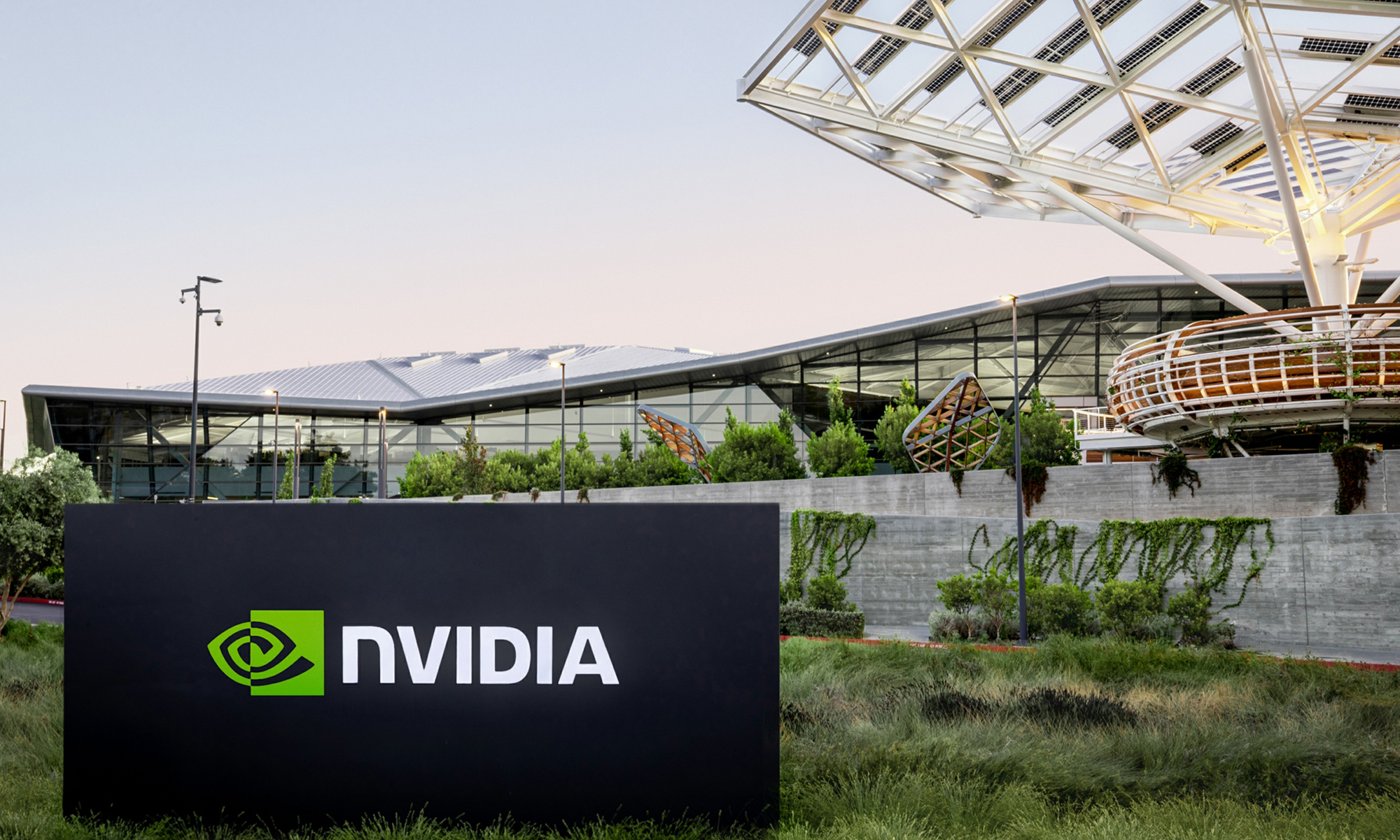A big day for Nvidia (NVDA 0.53%) is quickly approaching. The giant chipmaker is scheduled to announce its fiscal 2026 third-quarter results following the market close on Wednesday, Nov. 19.
Quarterly updates have provided major catalysts for Nvidia stock in the past. It's quite possible that history could repeat itself. Should you buy Nvidia stock hand over fist before Nov. 19?

Image source: Nvidia.
Great expectations
Nvidia's guidance for the third quarter of fiscal 2026 projects revenue (top line) of around $54 billion. That's in the ballpark of the consensus Wall Street estimate of roughly $54.8 billion. If analysts are right, the company will deliver impressive year-over-year revenue growth of 56%.
The chipmaker didn't provide earnings (bottom line) guidance for Q3. However, Nvidia gave some information that helped analysts with their projections, including anticipated gross margins, operating expenses, and tax rates.
Management also provided a few hints in Nvidia's Q2 earnings call. For example, CFO Colette Kress said that the production of GB300 chips that combine Nvidia's GPUs with Arm's (ARM +0.63%) CPUs should accelerate in Q3. She also said that the markets for AI inference with reasoning and agentic AI are growing rapidly. CEO Jensen Huang said that Nvidia is "seeing just enormous amount of interest in AI and demand for AI."
With all of this in mind, the average estimate for analysts surveyed by S&P Global is for Nvidia to post adjusted earnings per share of $1.25 in Q3. This number reflects 54% year-over-year growth.
And the beat goes on?
While Wall Street anticipates sizzling growth for Nvidia in Q3, merely meeting estimates probably won't be enough to cause the stock to soar. The GPU maker will need to blow past analysts' earnings expectations for that to happen.

NASDAQ: NVDA
Key Data Points
The good news is that Nvidia's track record of beating estimates is quite good. The company has topped Wall Street's earnings expectations in each of the last four quarters by an average of roughly 6.5%.
Investors have ample reasons to look for Nvidia to exceed analysts' estimates by an even larger margin when the company reports its Q3 numbers. Why? All of the major cloud service providers indicated in their latest quarterly updates that they plan to boost spending on AI infrastructure. So did Meta Platforms (META +1.77%), which isn't a cloud provider but is making a huge bet on developing AI superintelligence.
It's also possible that Nvidia's shares could take off following its Q3 update, even if its earnings numbers aren't quite as spectacular. Investors like an exceptionally bullish outlook about the future even more than they do strong results from the previous quarter.
Huang dropped a hint in the company's Q2 earnings call that could make this scenario plausible. He revealed that Nvidia has "very, very significant" forecasts from its large customers for next year. He also mentioned the rapidly growing number of AI start-ups that will need GPUs.
Why you might not want to buy Nvidia hand over fist before Nov. 19
Should you buy Nvidia stock hand over fist before Nov. 19? If you think the company will trounce Wall Street's earnings estimates and provide an especially upbeat view of prospects over the next several quarters, the answer is probably yes. However, there are good reasons not to buy Nvidia hand over fist before it reports results later this month.
For one thing, significant growth prospects are already baked into the share price, with the stock's forward price-to-earnings ratio standing at a hair below 30. Nearly everyone is banking on Nvidia hitting a home run with its Q3 update. If the GPU maker only manages a double or a triple, the stock could sink instead of soar.
A more important reason why you might not want to rush to buy Nvidia is that doing so isn't necessary with a long-term investing strategy. If you believe that Nvidia will continue to profit from the surging adoption of AI for years to come, whether or not you scoop up shares before the company's Q3 update or wait until afterward won't matter in the big scheme of things. As a great investing adage puts it, "Time in the market beats timing the market."





